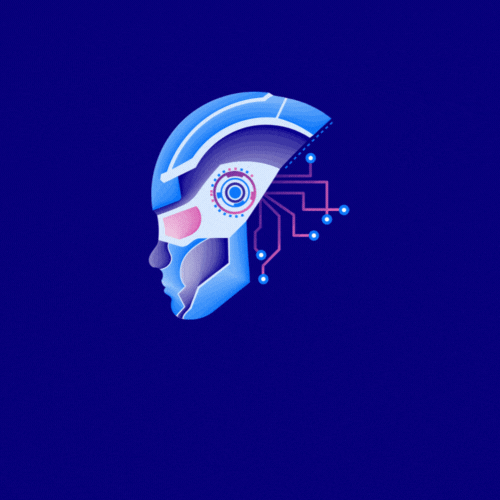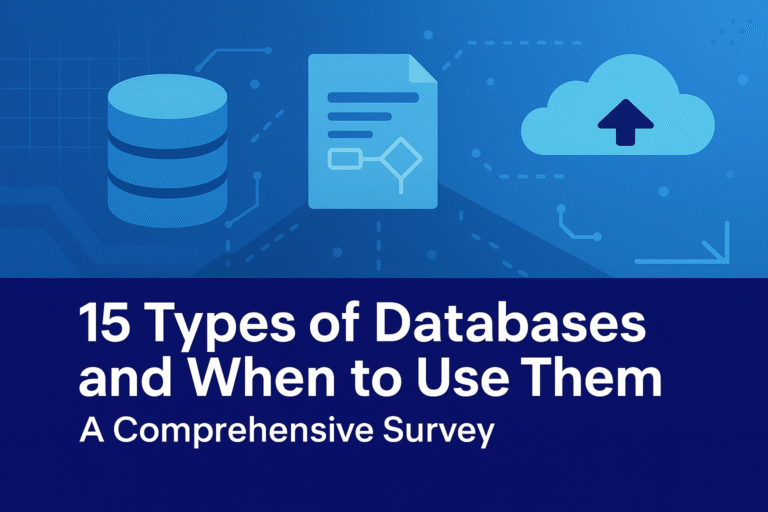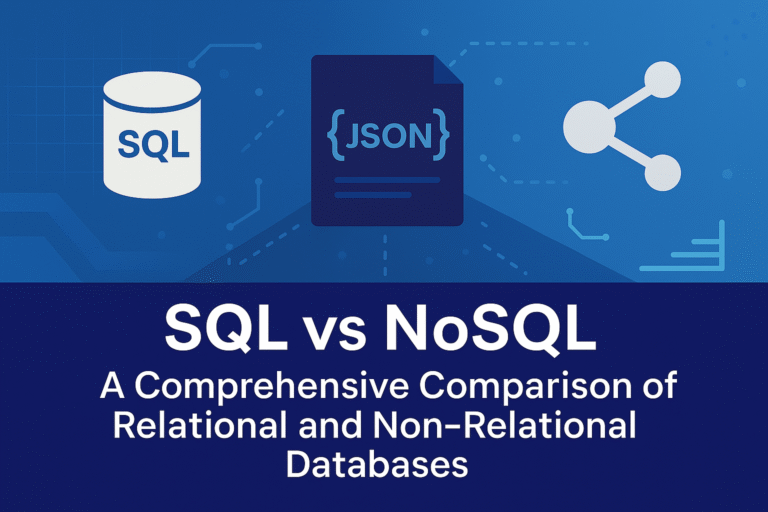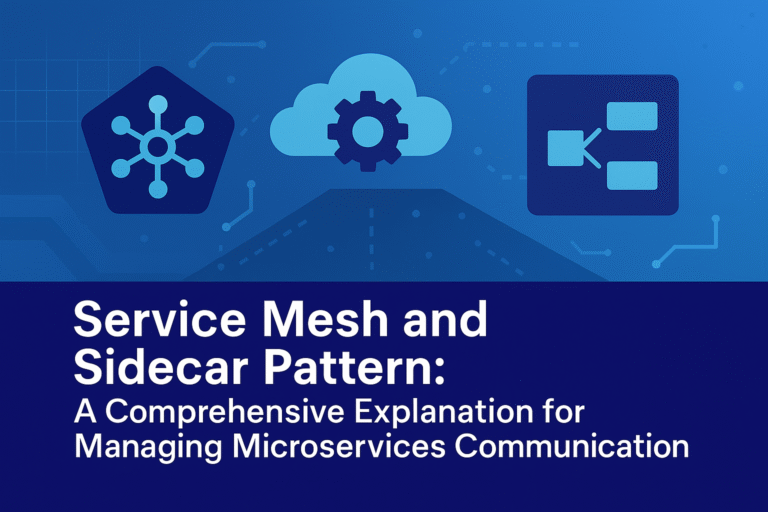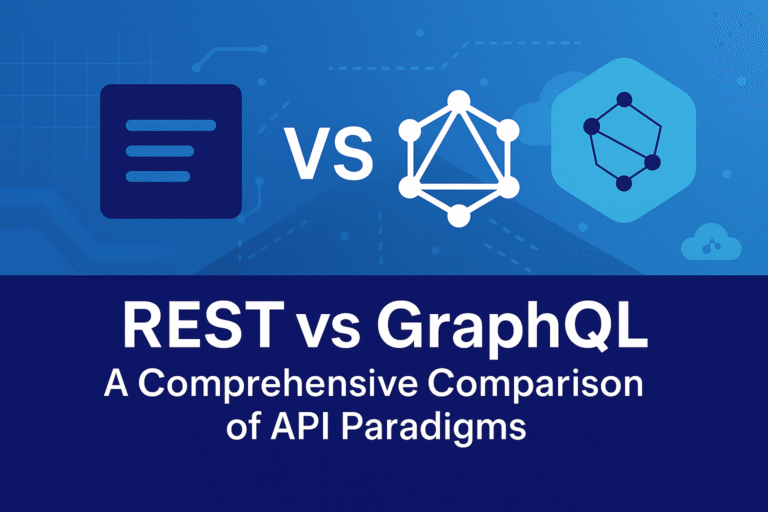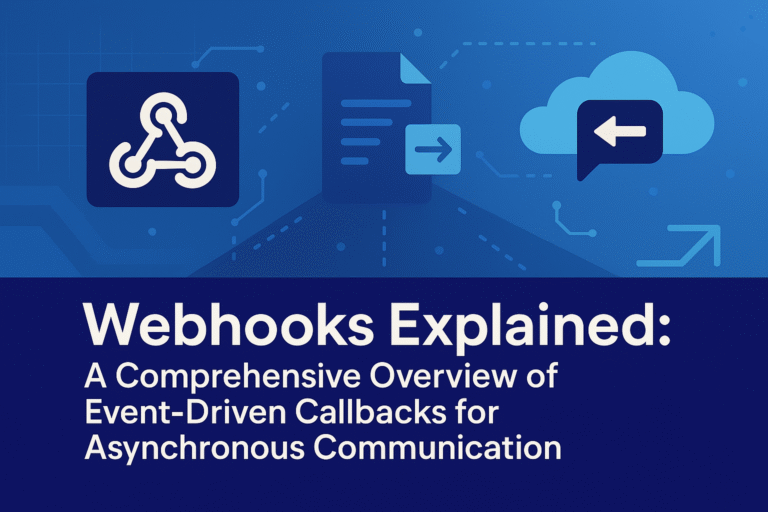Choosing the Right Database in an Interview: A Comprehensive Guide

Introduction In system design interviews, selecting the appropriate database is a critical skill that demonstrates a candidate’s ability to align technical choices with system requirements. The decision involves analyzing functional and non-functional requirements, understanding trade-offs, and justifying selections with clarity…
